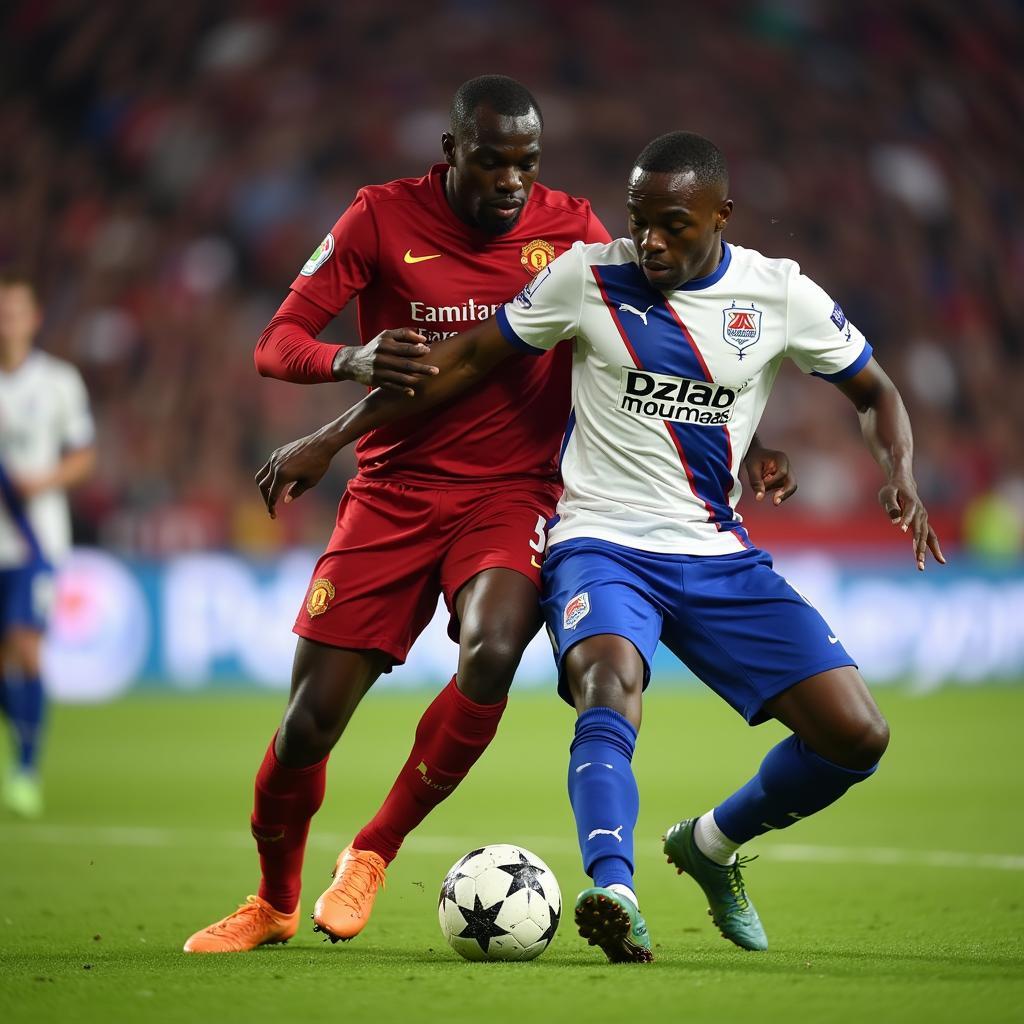Best Midfielders: The Engine Room of World Football
October 14, 2024As a striker, I thrive on scoring goals, but goals wouldn’t be possible without the unsung heroes of the beautiful game – the midfielders. These are the players who dictate the tempo, control the flow of the game, and create those killer chances that have me licking my lips.
A truly great midfielder possesses a blend of technical skills, tactical awareness, and physical prowess that makes them a force to be reckoned with. They are the engine room, the heartbeat, the artists and architects of the game all rolled into one.
Defining Greatness: What Makes a Top Midfielder?
While scoring goals grabs the headlines, the role of a midfielder is far more nuanced. Here’s what sets the best apart:
- Vision and Passing: They see passes others don’t, unlocking defenses with pinpoint accuracy and switching the play with laser-like long balls.
- Ball Control and Dribbling: Navigating tight spaces with ease, their close control and deft touches allow them to evade challenges and retain possession under pressure.
- Tactical Awareness: They read the game like a chessboard, anticipating moves, intercepting passes, and positioning themselves to dictate the tempo.
- Work Rate and Stamina: Covering every blade of grass, they relentlessly press opponents, win back possession, and support both attack and defense.
Midfield Maestros: Past and Present Legends
Football history is littered with midfield icons who redefined the position. Giants like Xavi and Iniesta, with their intricate passing and movement, orchestrated Barcelona’s tiki-taka dominance. Steven Gerrard, a true box-to-box midfielder, inspired Liverpool with his leadership, thunderous strikes, and unwavering commitment.
Today, we witness a new generation of midfield masters. Kevin De Bruyne’s vision and passing range are unparalleled, while N’Golo Kanté’s work rate and interceptions are the stuff of legends. These players, with their unique skillsets, are rewriting the possibilities of midfield play.
 Kevin De Bruyne Passing
Kevin De Bruyne Passing
The Evolution of the Midfield Role
The modern game demands versatility, and midfielders are no exception. We see the rise of specialized roles:
- Deep-Lying Playmakers: Dictating play from deep, they break the lines with their passing range and control the tempo like a conductor leading an orchestra.
- Box-to-Box Midfielders: A perfect blend of offensive and defensive attributes, they contribute in every area of the pitch with tireless running and an eye for goal.
- Attacking Midfielders: The creative spark in the final third, they unlock defenses with their dribbling skills, killer passes, and ability to score goals from midfield.
 N'Golo Kanté Tackling
N'Golo Kanté Tackling
The Future of Midfield Dominance
As football continues to evolve, so too will the role of the midfielder. Technical skills will be paramount, but tactical flexibility and mental fortitude will be equally crucial. The best midfielders will be those who can adapt to different systems, excel in multiple roles, and thrive under pressure.
The future belongs to the complete midfielder, a player who can dictate the rhythm of the game with their feet and inspire their teammates with their heart. These are the players who will define the future of football, shaping the destiny of their teams and captivating fans around the world.
FAQs about Midfielders
1. What does a box-to-box midfielder do?
A box-to-box midfielder contributes to both offense and defense, covering the entire pitch with high energy and stamina. They help initiate attacks, track back to defend, and often have a knack for scoring goals.
2. Who are some of the best midfielders in the world right now?
The list is subjective, but some top contenders include Kevin De Bruyne, N’Golo Kanté, Joshua Kimmich, and Pedri.
3. What skills are most important for a modern midfielder?
Beyond technical abilities like passing and dribbling, modern midfielders need tactical awareness, spatial understanding, and the versatility to adapt to different roles and systems.